In this post, I will explain all commonly asked questions about dried Turkish apricots and their differences. I will also explain how to dry and store your dried apricots.
Turkish Apricots dried with natural sunlight are darker and uglier but are much better both in taste and nutritional value.
The Turkish apricots dried with natural sunlight and preservatives are natural and called day-dried (Gün Kurusu).
Dark Apricots dried naturally with sunlight do look ugly, but on the upside, they do not contain additives like sulfites and taste much better.
Turkish dark apricots have a fruity taste with caramelized sugar and feel fresh.
Also, naturally dried apricots are easier to chew, their softness is between jelly beans and marshmallows.
Spotting Naturally Dried Turkish Apricots
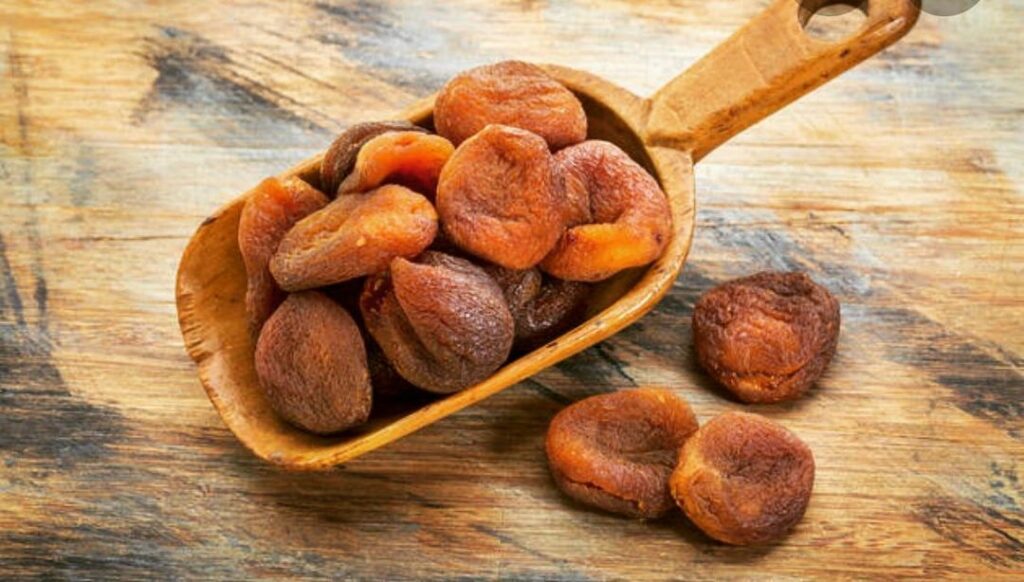
You can understand naturally dried Turkish apricots from their colors. Dark brown and blackish apricots are dried with sunlight.
Also, when Turkish apricots are mostly dried only with the sun, not using sulfides, apricots form surface textures.
This drying method is unique to Turkish apricots.
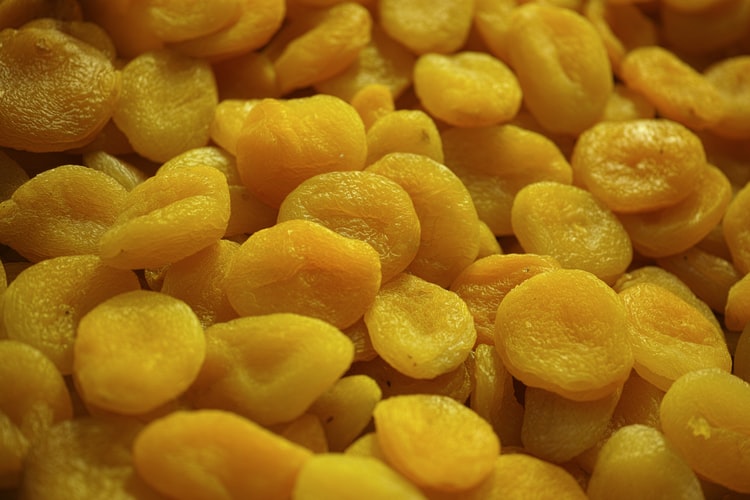
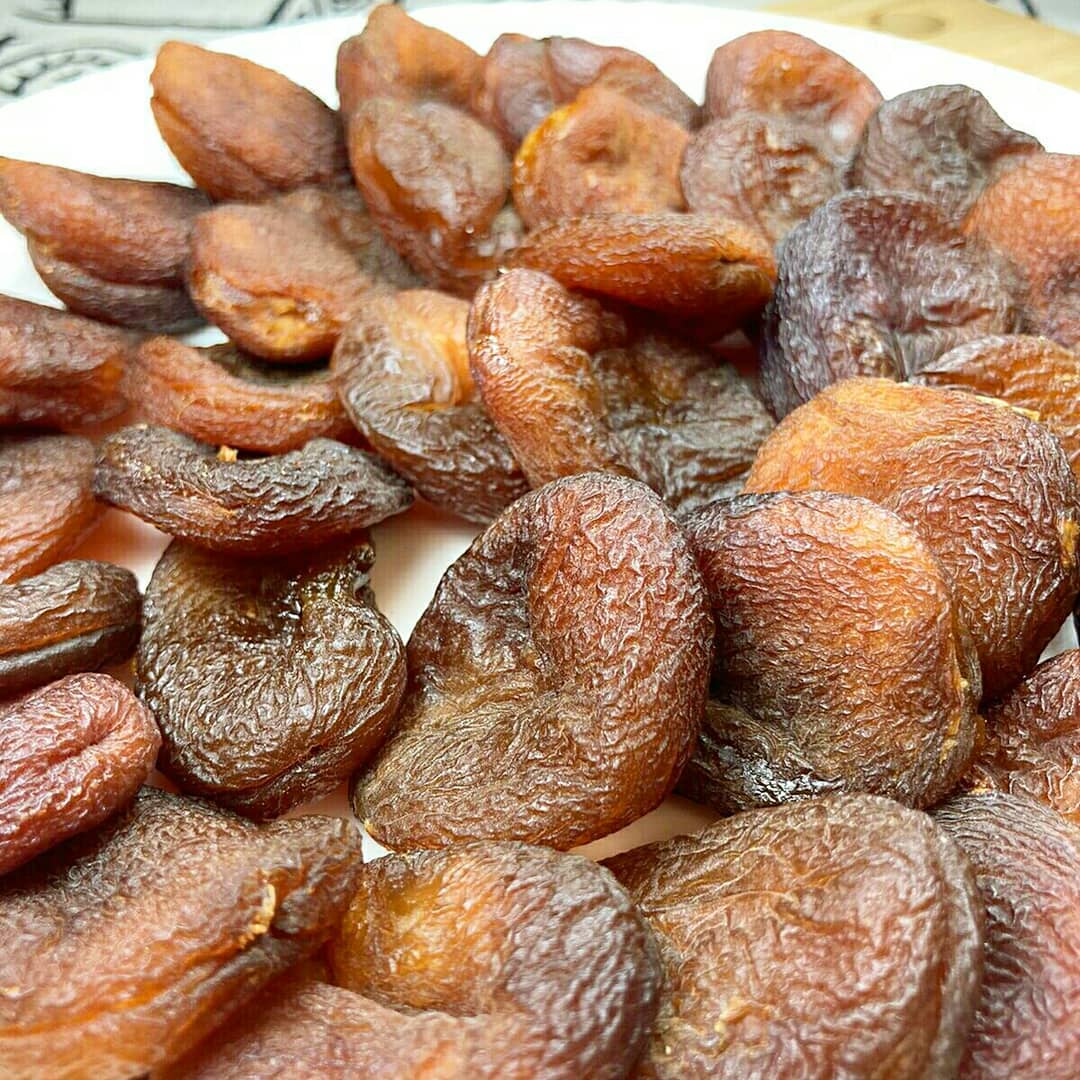
Other apricots are also dried with the sun, but with sulfites, these apricots are golden yellow and have shiny looks with smooth surfaces.
However, day-dried dark and ugly apricots are always considered the best tasting and top quality.
Regular Dried Apricots vs Turkish Dried Apricots
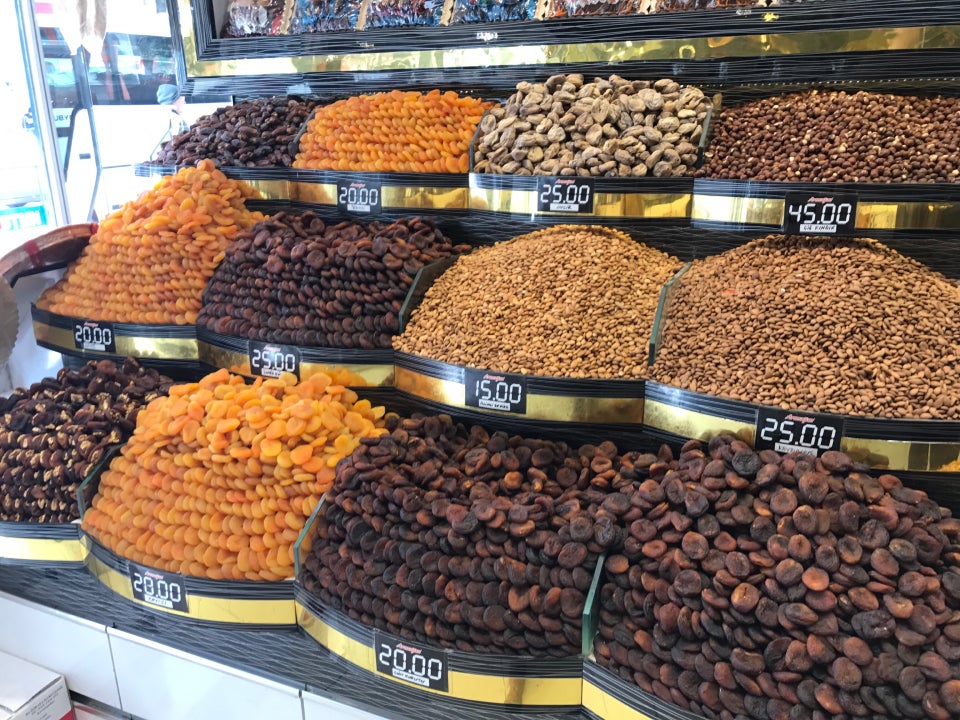
The main differences between dried Turkish apricots and dried regular apricots (like California apricots) are the apricot plant variety, climate, farming tradition, and drying techniques.
First, the apricots in Turkey are indigenous plants to Turkey and have been growing here for thousands of years. For this reason, the Turkish climate is perfect for apricots.
Second, Turkish apricot varieties are sweeter than California apricots. Yet, they have less apricot flavor than California apricot varieties.
Third, Turkish farmers also have a long tradition of growing and cultivating apricot trees and high quality apricot fruit.
The fourth and most important reason Turkish apricots are different is the drying techniques.
Traditionally, Turkish apricots are dried with sunlight. Sun-dried apricots have no additives and also have a caramelized sugar taste.
Additionally, Turkish apricots are dried as a whole fruit, and unlike most parts of the world, like California, apricot fruit is sliced into halves when drying.
The drying method as a whole fruit prevents apricots from losing their moisture and makes them thick and meaty.
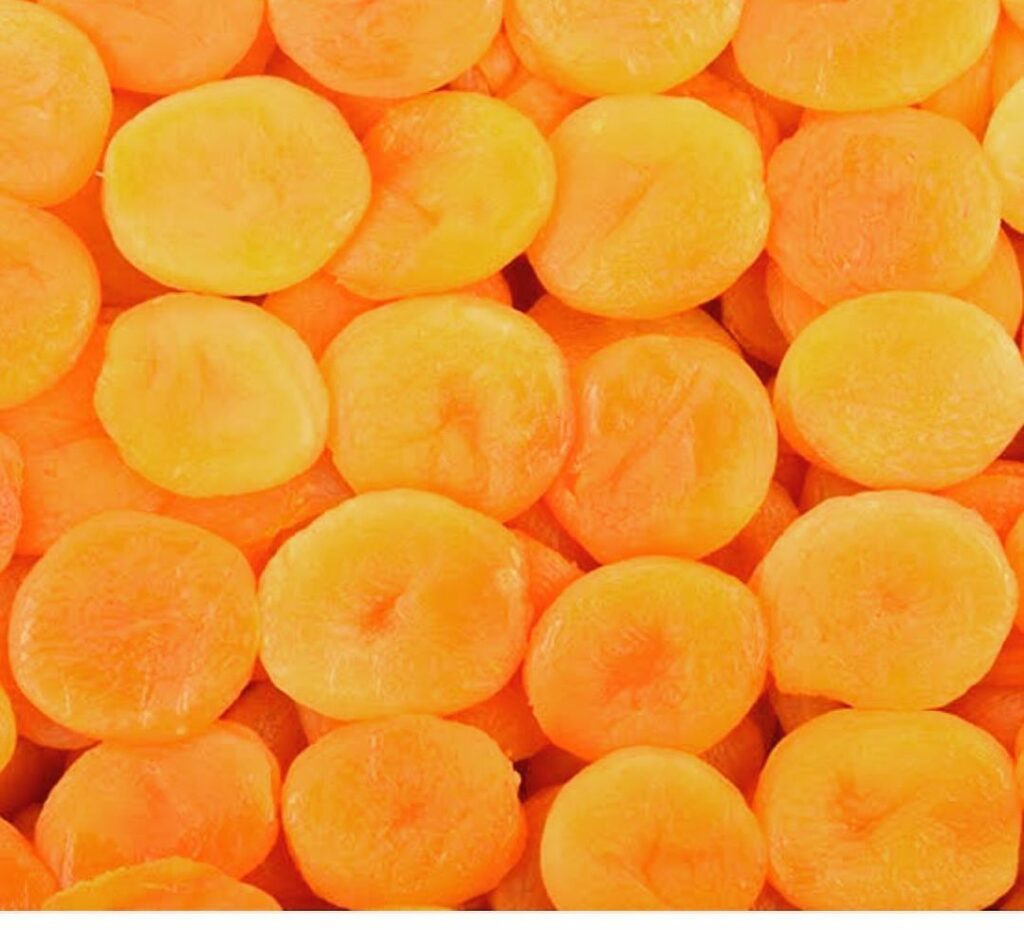
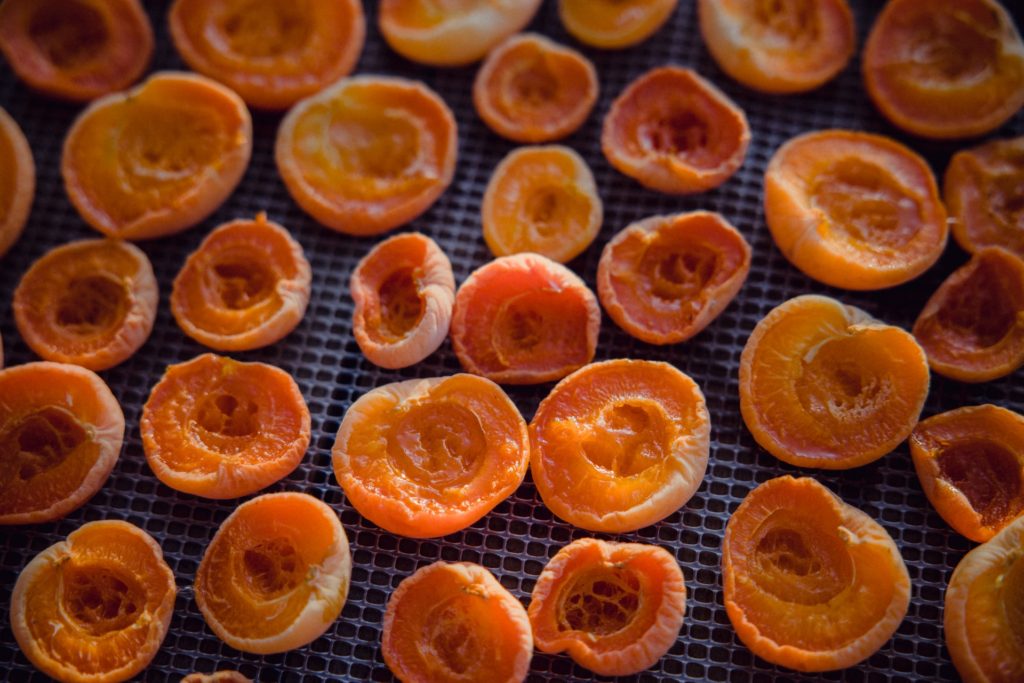
For these reasons, Turkish dried apricots have darker brown colors yet have more moisture, fruity flesh, and sugar.
If you wish to know the best Turkish apricots in the US and UK, I asked my Turkish friends living in these countries.
Here are the links (USA Amazon – UK Amazon) to the organic sun-dried Turkish apricots that my friends’ suggested.
Making Your Naturally Sun Dried Apricots with Turkish Drying Technique
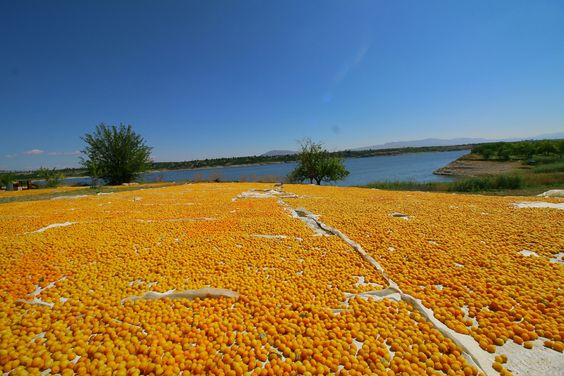
You make dark Turkish Apricots with your local apricots. The most simple and tasty way to make dried apricots is by using natural sunlight.
Here are the steps to dry your apricots.
- Clean your apricots as a whole. Do not slice them.
- Put them on a clean sheet, and let them have direct sunlight.
- Let them rest under the sun for a few days, and then take the seeds out. Do not slice them, just take the seeds. Drying as a whole fruit makes them softer by preserving the original moisture of the fruit.
- Let them rest under direct sunlight until they get brown and darker.
- When the process is over, put them in a sealed container.
Storing Your Turkish Sun Dried Dark Apricots
Dark apricots have a shorter shelf life than yellow apricots dried with sulfites because they do not have additives to preserve them longer.
The sulfide-processed dried yellow apricots last longer because sulfide sterilizes apricots by burning microorganisms.
The natural way to preserve your apricots longer is to put herbs like sage, thyme, or rosemary in a sealed container with your apricots and store them in your refrigerator.
If your dried fruit is hardened in the refrigerator, you re-moisturize them with hot water before you eat them, and in fifteen minutes, they will be softer.
Turkish Apricots Benefits
Apricot contains significant amounts of A, C, E, and K vitamins. There are many other health benefits.
Yet, I want to mention one of the Turkish apricots’ legendary benefits. Apricots help you clean your digestive system.
Apricots are very high in dietary fiber. Your digestive system cannot digest these fibers, and they are good at cleaning your intestines.
Our daughter Lidya, when she was a baby, had a hard time making her poop.
We did not want to use medicine to make poop, for this reason, we made her eat Turkish apricots. This was the easiest way to relieve her.
This can also be a side effect of apricots because they may make poop or can give you gas.
Golden Yellow Apricots vs Dark Apricots
Dried Turkish apricots can be golden yellow, dark brown, or black, depending on the drying technique.
Drying techniques also have a big impact on the taste of the apricot.
If apricots are dried with natural sunlight and without sulfites, apricots become darker and nearly black.
If the apricots are dried with sulfites, the apricots have a golden yellow color, smooth surface, look better, and last longer.
Golden Yellow apricots are dried using sulfites, which burn microorganisms, sterilize the apricot, and accelerate the drying of the apricot.
It is believed that sulfites disappear quickly after you open the package of dried apricots.
Low levels of sulfites are usually okay with everyone, yet high sulfide levels are harmful.
One last tip to ensure your apricots are low in sulfite content is to check their smell.
Luckily, sulfites have a strong odor. If your apricots contain high levels of sulfites, they will have a strong rotten egg-like smell.
Origin of Turkish Apricots
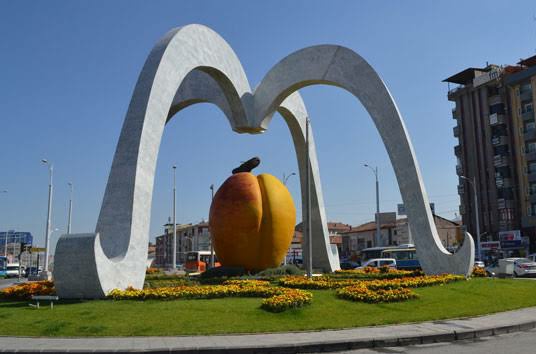
Turkey has 16% percent of all apricot production in the world. Yet, 70% of the world’s dried apricot production comes from Turkey.
As apricots are native plants to Turkey, Turkish apricots are grown in all regions of Turkey except in mountainous East Turkey due to significantly lower temperatures. Source1
Yet, one Turkish city, Malatya, produces 55% percent of all dried apricots in the world and 85% of all dried apricots in Turkey.
This means if you are eating dried apricots anywhere in the world, mathematically, more than half of the time, you are eating Turkish dried apricots from Malatya, Turkey. Source2
Turkish locals also believe that the best apricots are from Malatya because of Malatya apricots’ unique taste and aroma.

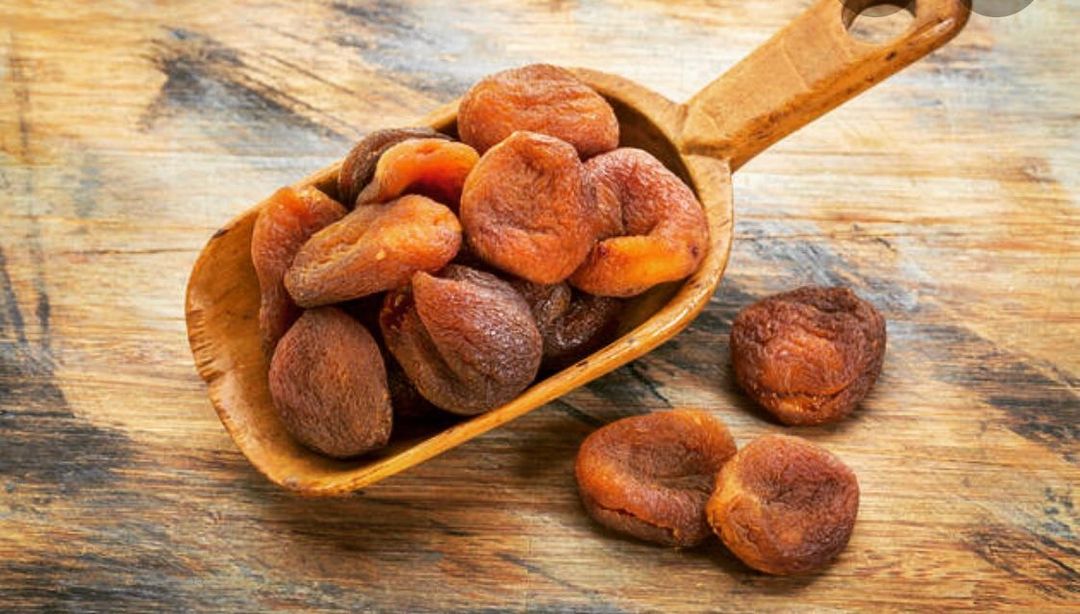
This was interesting thanks. No offence, but I dislike Turkish dried apricots for the very reason you mention that they are dried whole whereas eg. Australian ones are cut in half giving them to me a superb tang while the Greek ones don’t dry properly remaining moist and too sweet. Turkish apricots have completely taken over now, sadly and it is extrememly difficult and costly to get the ones I prefer.
Greetings, hope all is good. Do the growers use pesticides on the trees in Turkey? Thank you. david.
If you have organics certificate, you do not use pesticides on the apricot trees in Turkey. Additionally, products with pesticides are rejected by Western countries’ custom checks.
Thanks I will try drying some this way!
got a pack of Turkey organic dried apricots by Sante food.. they were excellent!!!
Happy that you enjoyed.